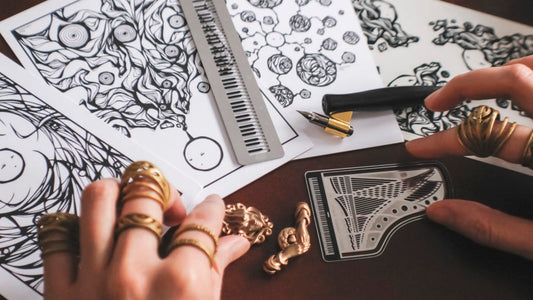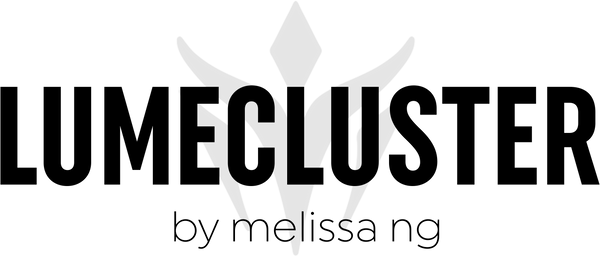The Adventure Blog

For the Dreamer Who's Ready to Get Started (+ N...
Dear Dreamer, First, a quick reminder that the made to order holiday deadline has already passed and today is the last day for ready to ship holiday orders. Second, Happy National...
For the Dreamer Who's Ready to Get Started (+ N...
Dear Dreamer, First, a quick reminder that the made to order holiday deadline has already passed and today is the last day for ready to ship holiday orders. Second, Happy National...

I'd love to mail you a holiday card + a small s...
Dear Dreamer, I'll get straight to it. I'd love to mail you a special holiday card + a little surprise to your actual mailbox (limited to the U.S. T_T). Just...
I'd love to mail you a holiday card + a small s...
Dear Dreamer, I'll get straight to it. I'd love to mail you a special holiday card + a little surprise to your actual mailbox (limited to the U.S. T_T). Just...

On gifting hope & finding light in dark times (...
“We chose hope together. Hope over tyranny. Hope over big money and small ideas. Hope over despair…In this new age we make for ourselves, we will refuse to allow those...
On gifting hope & finding light in dark times (...
“We chose hope together. Hope over tyranny. Hope over big money and small ideas. Hope over despair…In this new age we make for ourselves, we will refuse to allow those...

Quiet Mischief, Magic & New Antiqued Bronze
Are you planning any harmless pranks tonight? They say Mischief Night (Halloween Eve) is for pranksters and tricksters, but I like to think it’s also for the quiet dreamers who...
Quiet Mischief, Magic & New Antiqued Bronze
Are you planning any harmless pranks tonight? They say Mischief Night (Halloween Eve) is for pranksters and tricksters, but I like to think it’s also for the quiet dreamers who...

Books for Treats: This Halloween, trade tricks ...
Spooky season is upon us! While many are stocking up on candy for Halloween trick-or-treaters, did you know that October 31st is also Books for Treats Day? Sure, a few...
Books for Treats: This Halloween, trade tricks ...
Spooky season is upon us! While many are stocking up on candy for Halloween trick-or-treaters, did you know that October 31st is also Books for Treats Day? Sure, a few...

Thoughtful gifts for empathetic, gentle souls +...
“The longer I live, the more deeply I learn that love—whether we call it friendship or family or romance—is the work of mirroring and magnifying each other’s light.” —James Baldwin...
Thoughtful gifts for empathetic, gentle souls +...
“The longer I live, the more deeply I learn that love—whether we call it friendship or family or romance—is the work of mirroring and magnifying each other’s light.” —James Baldwin...
